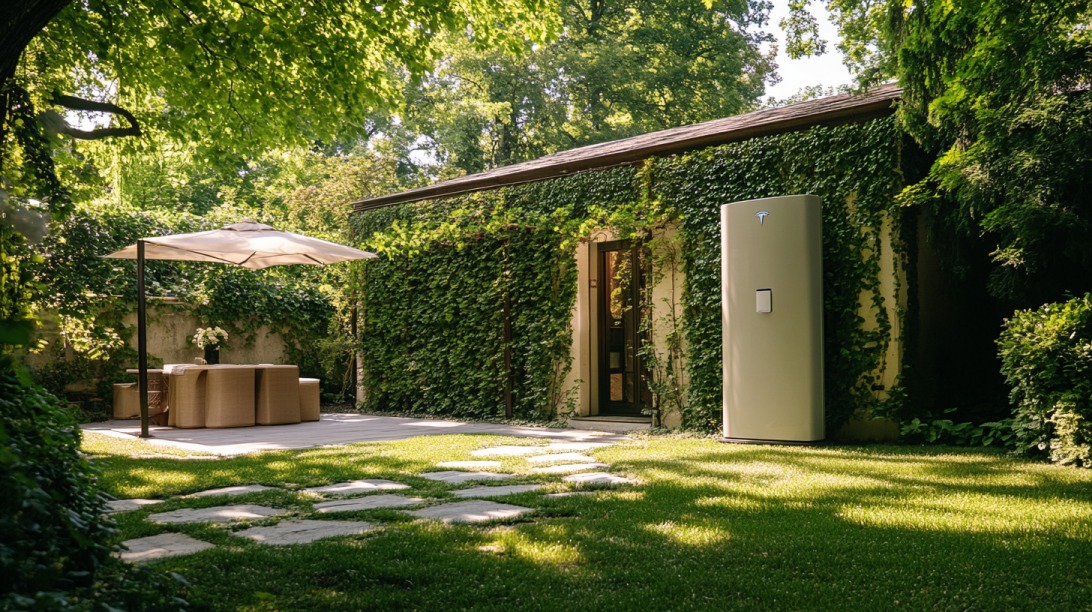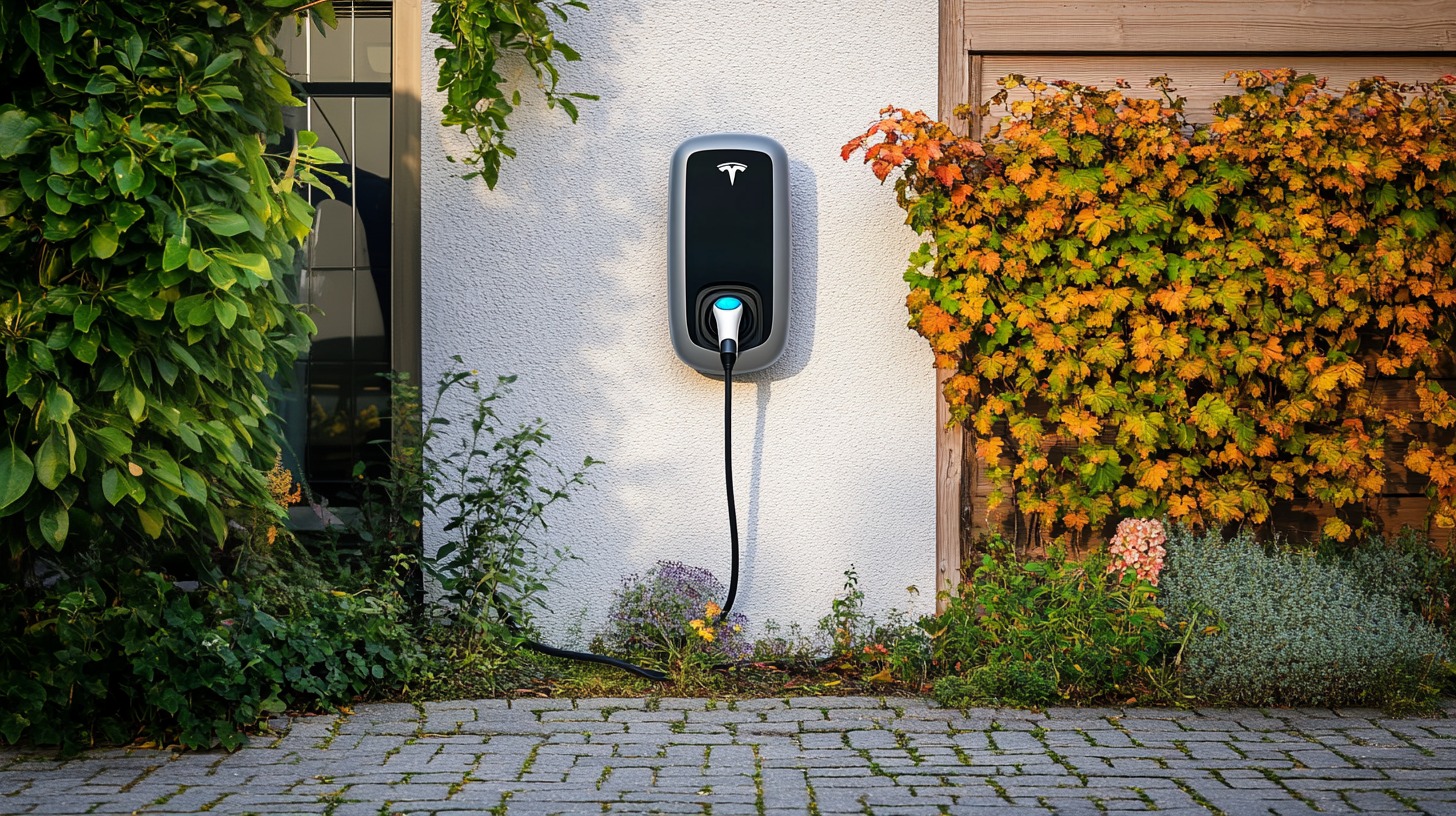Tesla Powerwall pricing has sparked ongoing discussion since its debut, with reported costs fluctuating significantly.
By November 2021, around 250,000 units had been installed globally, spanning countries such as the United States and Australia.
So why does the cost remain unclear? With widespread use, one might expect a consistent ballpark figure by now.
One contributing factor is location-based pricing. Installation fees, local incentives, and energy regulations vary, all of which influence final cost.
To shed light on the situation, we decided to conduct our own research and provide fresh insight.
You’ll find a breakdown of what to expect when investing in a Tesla Powerwall, how pricing typically plays out, and what kind of return might be realistic over time.
How much does a Tesla Powerwall cost in 2025?
In 2025, the full cost to install a single Tesla Powerwall battery sits at $11,500, not factoring in any available solar tax credits or incentives.
The following table illustrates the price difference per number of Tesla Powerwalls purchased:
| Powerwall | Cost |
|---|---|
| 1 Powerwall Battery | $11,500 |
| 2 Powerwall Batteries | $18,500 |
| 3 Powerwall Batteries | $25,500 |
| 4 Powerwall Batteries | $32,500 |
| 5 Powerwall Batteries | $40,500 |
| 6 Powerwall Batteries | $48,500 |
| 7 Powerwall Batteries | $56,500 |
| 8 Powerwall Batteries | $64,500 |
| 9 Powerwall Batteries | $72,500 |
| 10 Powerwall Batteries | $80,500 |
Price Scaling with Multiple Units

Adding more batteries to your energy storage system reduces the cost per unit significantly.
- One Powerwall: $11,500
- Two Powerwalls: $18,500 ($9,250 each)
- Ten Powerwalls: $80,500 total
This tiered structure incentivizes customers to opt for larger systems, offering a lower cost per battery as the quantity increases.
Power Autonomy During Blackouts
For homes aiming to maintain energy autonomy during extended power outages, Tesla recommends a system that can provide 2–4 days of backup power. That typically equates to:
- 1–3 Powerwalls, depending on your home’s energy demands and usage patterns.
Purchase Requirements and Installation Insights
During a conversation with a Tesla representative, we confirmed several important points:
- All listed prices include installation.
Tesla now only sells Powerwalls bundled with either a Tesla solar roof or solar panels. Individual battery sales are no longer available directly through Tesla.
Alternative Buying Options Through Installers
Those looking to buy a standalone Powerwall still have an option—through Tesla-certified third-party installers operating across the U.S. However, choosing this path typically results in higher expenses:
- Expect to pay between $12,000 and $18,000 when purchasing separately.
Solar Incentives
@grok when is it not worth it?
— PF (@cybearspace) April 25, 2025
Thanks to 2025 solar tax incentives, you can expect a 30% solar tax reduction on the price of your Tesla Powerwall. This brings the cost of a single Tesla Powerwall from $11,500 down to $8,050, a savings of $3,450.
Check out your expected costs after the tax reduction.
| Powerwall | Cost | Incl. Tax Incentives |
|---|---|---|
| 1 Powerwall Battery | $11,500 | $8,050 |
| 2 Powerwall Batteries | $18,500 | $12,950 |
| 3 Powerwall Batteries | $25,500 | $17,850 |
| 4 Powerwall Batteries | $32,500 | $22,750 |
| 5 Powerwall Batteries | $40,500 | $28,350 |
| 6 Powerwall Batteries | $48,500 | $33,950 |
| 7 Powerwall Batteries | $56,500 | $39,550 |
| 8 Powerwall Batteries | $64,500 | $45,150 |
| 9 Powerwall Batteries | $72,500 | $50,750 |
| 10 Powerwall Batteries | $80,500 | $56,350 |
In August 2022, Congress passed an extension of the ITC, raising it from 26% to 30%. This extension will last from 2022 through to 2032.
Note to our readers: According to Solar Energy Industries Association (SEIA), for a Tesla Powerwall to qualify for the savings of the Federal Tax Credit, it must “derive 100% of its power from an onsite solar array.”
Is a Tesla Powerwall worth the money?
@ryanjaycowan How long will our Tesla Powerwall 3 be able to power our home for? (without solar!) 🔋 #teslapowerwall #homebattery #sustainableliving #tesla ♬ original sound – Ryan’s Model Y
To determine if the Tesla Powerwall+ delivers good value, you need to weigh its purchase price, levelized cost of storage (LCOS), warranty, and energy performance capabilities. Each of these elements plays a role in how cost-effective and reliable the system will be over time.
Note: Levelized Cost of Storage (LCOS) represents a more accurate estimate of the total cost for using an energy storage system.
It accounts for the entire energy throughput a battery can handle over its operational life and is usually expressed in USD per kilowatt-hour (kWh).
- Total unit price (before and after applying a 30% federal tax credit)
- Levelized Cost of Storage (also before and after the tax credit)
- Warranty coverage and performance duration
These comparison points offer clarity for those looking to choose a home energy storage solution that balances upfront costs with long-term savings.
For the sake of consistency, the latest Tesla Powerwall+ model is used in this comparison. Its U.S. warranty includes a throughput capacity limit of 37.8 MWh, which serves as the baseline for calculating performance and value.
| ESS System | Total Cost (Before Tax Incentives) |
LCOS/kWh (Before Tax Incentives) |
Total Cost (After 30% Tax Incentives) |
LCOS/kWh (After 30% Tax Incentives) |
Warranty |
|---|---|---|---|---|---|
| Tesla Powerwall+ | $11,500 | $0.30/kWh | $8,050 | $0.21/kWh | 10 Years |
So, is a Tesla Powerwall worth the cost?
First, examine it strictly from a financial perspective. As of November 2022, residential electricity in the U.S. averages 15.64 cents per kilowatt-hour (kWh).
Tesla’s Powerwall+, prior to any incentives, costs 14.36 cents/kWh more than that national average.
- Hawaii, where electricity averages 43.91 cents/kWh
- New Hampshire, at 30.66 cents/kWh
After factoring in the 30% federal tax credit, that cost gap shrinks dramatically. The Powerwall becomes only 5.36 cents/kWh more expensive than average. In fact, in nine states, including California, Powerwall ends up being more cost-effective than traditional electricity rates.
- Key Factors That Influence Long-Term Value:
- Electricity rates consistently increase year over year
- Prices for solar-related products are dropping, especially panels
- Powerwalls can be paired with net-metering and electric vehicle (EV) charging to maximize returns
So, is it worth it?
In short: Yes, Tesla Powerwall makes sense financially for many homeowners, especially when tax credits and regional electricity rates are factored in. It’s not just about today’s numbers—it’s about preparing for what’s ahead.
Does a Tesla Powerwall save you money?
As previously mentioned, the average cost of residential electricity throughout the U.S. is 15.64 cents. Without the 30% solar tax incentive, the Tesla Powerwall’s LCOS, is about 14.36 cents/kWh more.
However, after applying the 30% tax incentive, it’s only 5.36 cents more expensive. This makes it cheaper than the average price of electricity in 9 states, including California.
As a result, Powerwalls are not commonly bought by homeowners to save money but rather because they live in areas that experience frequent power outages. Under these circumstances, investing in a Powerwall for would save you from frustration and make you more energy independent.
Additionally, they are also bought by homeowners looking to rely less on fossil fuels and more on their home’s renewable energy source.
Tesla Powerwall Payback Period
Many people are drawn to the Tesla Powerwall expecting it to slash their energy bills, but the reality is more nuanced. On average, residential electricity in the U.S. costs 15.64 cents per kilowatt-hour (kWh).
Without any tax incentives, the Levelized Cost of Storage (LCOS) for a Tesla Powerwall sits at about 14.36 cents per kWh above that average rate—making it more expensive than simply buying electricity from the grid.
Once the 30% federal tax incentive is factored in, however, the added cost drops to just 5.36 cents per kWh. That changes the math significantly, especially in higher-cost states.
- Tesla Powerwall becomes cheaper than electricity rates in 9 states.
- California is one of those states, making it a more viable investment for residents.
Even so, most buyers aren’t chasing savings. Instead, their primary motivations include:
- Frequent power outages and a desire for consistent energy access.
- Greater energy independence.
- Reduced reliance on fossil fuels by storing and using solar energy.
Tesla Powerwall Payback Period Breakdown
Let’s walk through a realistic financial scenario to calculate how long it would take to recoup the investment.
- Live in California.
- Spend about $115/month on electricity.
- Want to cover 100% of your usage through solar plus storage.
According to Tesla, you’d need a 4.8 kW solar system and one Powerwall to achieve two days of energy autonomy during cloudy or winter days.

- 4.8 kW Solar Panels: $12,096
- Tesla Powerwall (13.5 kWh): $12,850 (standalone, not bundled with solar)
- Total System Cost: $24,946
- Federal Tax Credit (30%): -$7,484
- Net Investment: $17,462
With full offset of your $115/month bill:
- Monthly Savings: $115
- Payback Period: $17,462 ÷ $115 = approximately 151 months or 12.5 years
FAQs
Final thoughts
We hope this article sheds some more light on the actual cost of a Tesla Powerwall; this way, you know what you are getting yourself into before going ahead with the actual purchase.
If you feel that the Tesla Powerwall costs too much, you can also take a loan from Tesla. To do this, you’ll need to make a minimum down payment of 10% of the total cost of your system.
Please feel free to ask any questions you have in the comments section below, and one of our solar experts will respond as soon as possible.

